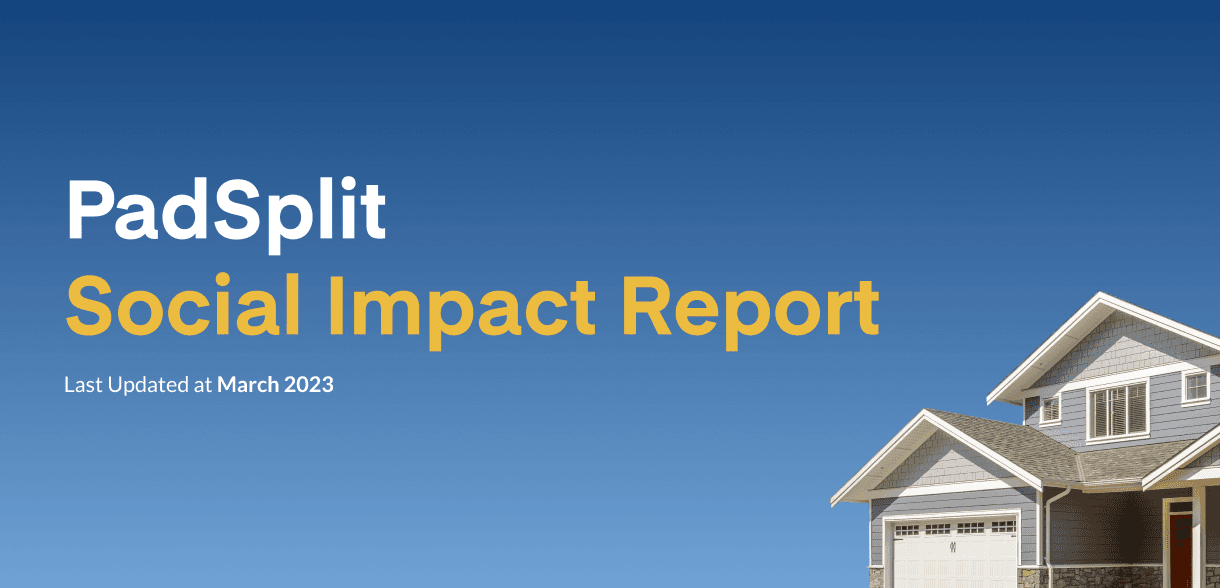Inflation, the steady rise in the prices of goods and services over time, is a constant financial concern for many. It erodes the purchasing power of your money, making it harder to save for the future and meet your financial goals, leading many to be desperate for affordable housing and opt for submitting a section 8 application. However, there’s a unique and innovative way to combat the effects of inflation while enjoying a comfortable lifestyle: co-living. In this blog, we’ll explore how co-living can be a smart strategy to beat inflation and build a more secure financial future.
Understanding Inflation
Before diving into how co-living can help combat inflation, let’s briefly understand what inflation is and why it poses a challenge to your financial well-being. Inflation is the increase in the general price level of goods and services in an economy over time. When inflation rates are high, the value of your money decreases because you can buy less with the same amount of currency. This makes it difficult to maintain your standard of living and save for long-term goals like retirement.
The Inflation Challenge
Historically, investments like stocks, bonds, and real estate have been popular choices to combat inflation. However, these traditional options often require substantial upfront capital and may not be accessible to everyone. Moreover, there’s no guarantee that these investments will outpace inflation.
Co-Living as a Solution
Co-living, a modern housing concept where individuals or groups share living spaces, offers a unique solution to the inflation challenge. It’s often more affordable than renting apartments on Georgia or Las Vegas. Here’s how co-living can help you beat inflation:
- Cost Efficiency: Co-living spaces are designed to be cost-effective, offering shared amenities and splitting expenses like rent, utilities, and maintenance. This means you can live in a desirable location without the high cost of renting or buying a property on your own.
- Predictable Costs: With co-living, your monthly expenses are often fixed, making it easier to budget and plan for the future. In contrast, rent and utility costs for a traditional single-person apartment can vary significantly and make it challenging to predict your monthly outflows. With a rent calculator, you’ll find it’s the most affordable way to obtain housing.
- Investing Potential: By reducing your living expenses through co-living, you free up more money to invest. This extra cash can be directed toward assets that have historically outperformed inflation, such as stocks, bonds, or real estate.
- Diversification: Co-living provides financial flexibility by allowing you to allocate funds to different investments, whether you want to rent short term or long-term. Diversification can help reduce risk and increase the likelihood of beating inflation over the long term.
- Minimal Maintenance: Co-living arrangements often include maintenance and cleaning services, eliminating the need for you to spend time and money on household chores and repairs. Yet you still have the freedom to do a bedroom makeover and can enjoy decorating the room you’re renting.
- Community Benefits: Co-living spaces foster a sense of community, which can lead to shared resources and opportunities for collaboration when you want to find a room mate. This sense of community can help you discover new ways to save money and grow your wealth.
Conclusion
Inflation is an ever-present financial challenge, but co-living offers a practical and innovative solution to combat its effects. By reducing living expenses and freeing up more money for investments, co-living can help you stay ahead of inflation and build a more secure financial future. Additionally, the sense of community and shared resources in co-living spaces can enhance your financial well-being by providing opportunities for collaboration and cost-saving initiatives. Consider exploring co-living as a savvy financial move to beat inflation and achieve your long-term financial goals.
PadSplit is the largest coliving marketplace in the U.S. and is a better option than apartments that accept section 8 or basic income apartments. You can relocate to a modern and clean location, with updated amenities and feel secure as you work hard to combat the rise of prices due to inflation.


